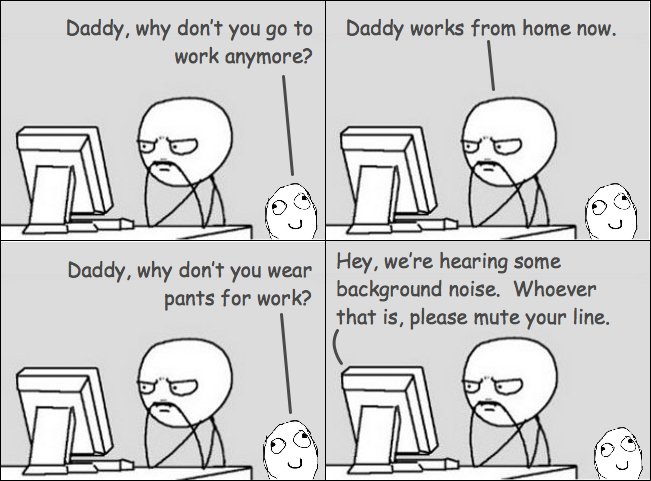MEMBERINSIGHT ANNOUNCES NO CHARGE FOR THREE MONTHS
JOINS GGA PARTNERS FOR A WEBINAR FOCUSING ON HOW TO LEVERAGE SURVEYS TO ENGAGE MEMBERS DURING COVID-19
Markham, ON Canada – MemberInsight, a Jonas Club Software company, and the industry-leading member survey platform, announces today that their survey functionality is being made available to clubs at no charge for three months. Together, MemberInsight and GGA Partners, the leading consulting firm to many of the world’s most successful clubs and communities, will also co-host a webinar to discuss the power of member surveys in the time of COVID-19.
“Many clubs send member surveys as a regular part of conducting business.” Said Trevor Coughlan, Vice President of Marketing at Jonas Club Software. “The problem is, many clubs only send them annually, and they think about surveying in a linear fashion – capital & long term planning. I believe surveys relevant to the moment and the action taken as a result of them have the opportunity to invigorate the way members feel about a club and its staff. There is no better time for clubs to be stepping into action than now which is why we are proud to make our platform available at no charge for three months.”
In addition to the special offer, MemberInsight and GGA Partners are co-hosting a one time webinar focusing on how clubs, regardless of their survey platform of choice, can better utilize members surveys during this difficult time. The webinar will be co-hosted by Trevor Kluke and Matt Cooper of Jonas Club Software, and Michael Gregory and Ben Hopkinson of GGA Partners and will take place on Thursday April 23, at 14:00 ET.
“In the current environment staying connected with members is a real challenge, but it’s more important than ever,” explained Michael Gregory, a Partner at GGA Partners. “Surveys are a tool all clubs can be using to stay engaged with their members, to capture important feedback, and to provide a level of comfort to members knowing their club is working hard to come out of this stronger and more capable of meeting their needs, wants and expectations.”
The presentation will cover the MemberInsight feature set, the science behind survey based communications, and specific examples of surveys clubs can put into action as they remain committed to serving their members.
Clubs can take advantage of three months of MemberInsight at no charge by visiting:
https://memberinsight.clubhouseonline-e3.net/Special_Offer
The webinar will be held on Thursday April 23, 2020 at 14:00 ET.
Those interested in attending the MemberInsight and GGA Partners co-hosted webinar can register here:
https://register.gotowebinar.com/register/1880267544344608526
About Jonas Club Software – www.jonasclub.com
Jonas Club Software helps clubs thrive by focusing on the creation of exceptional experiences. These experiences are delivered through industry leading services, integrated applications, innovative technology, and long term partnerships with the clubs we serve.
Over 2,300 clubs in more than 20 countries, with memberships ranging from 20 to 20,000, utilize Jonas Club Software technology. With applications ranging from Accounting to Retail Point of Sale, Tee Time Management, Court & Class Booking, Dining Reservations, websites and Mobile Apps, Jonas Club Software is the standout choice for clubs driven to offer exceptional member experiences.
For more details visit www.jonasclub.com
Media Contact:
Trevor Coughlan
Vice President, Marketing
Jonas Club Software
Trevor.Coughlan@jonasclub.com
1-888-789-9073












 You can’t predict a crisis, but you can – and should – plan for one.
You can’t predict a crisis, but you can – and should – plan for one.


 In times like these, the impulse is to act. To take decisive action in response to the enormous challenges the coronavirus has placed at our feet.
In times like these, the impulse is to act. To take decisive action in response to the enormous challenges the coronavirus has placed at our feet.
 It’s easy to say and it’s been said so often that it should be hard for any leader to forget: In times of crisis, communication is key.
It’s easy to say and it’s been said so often that it should be hard for any leader to forget: In times of crisis, communication is key.